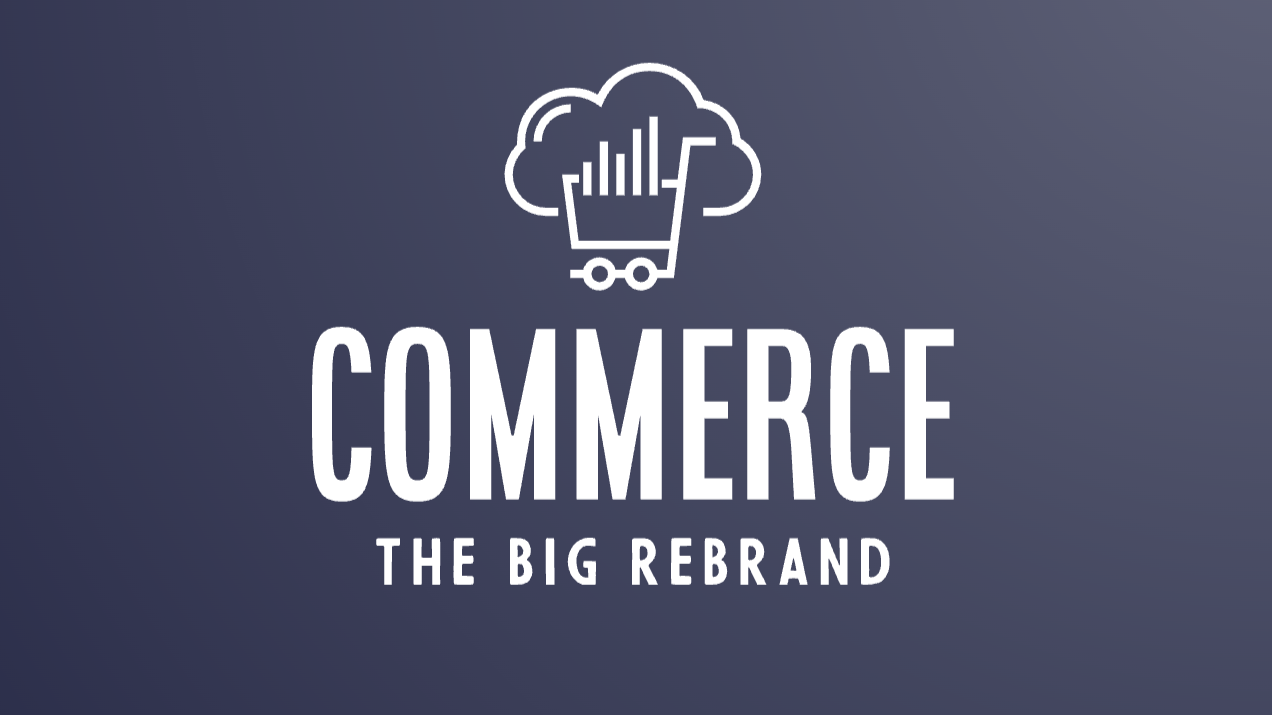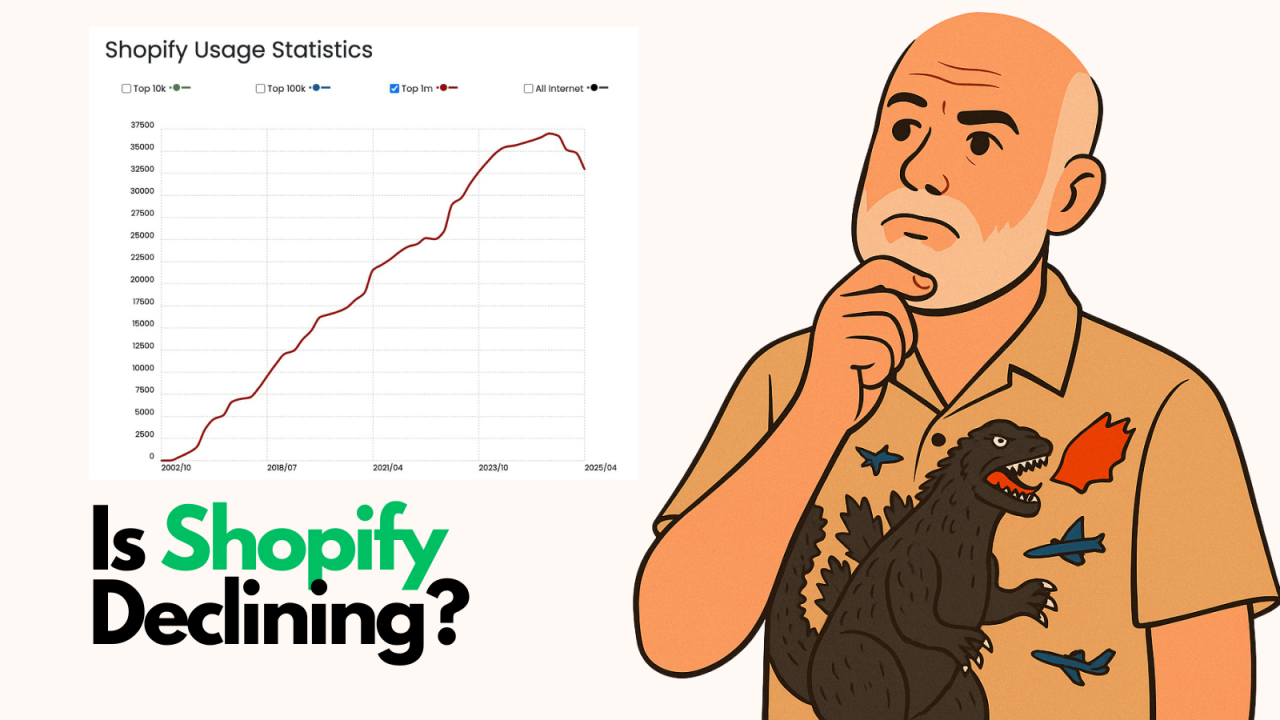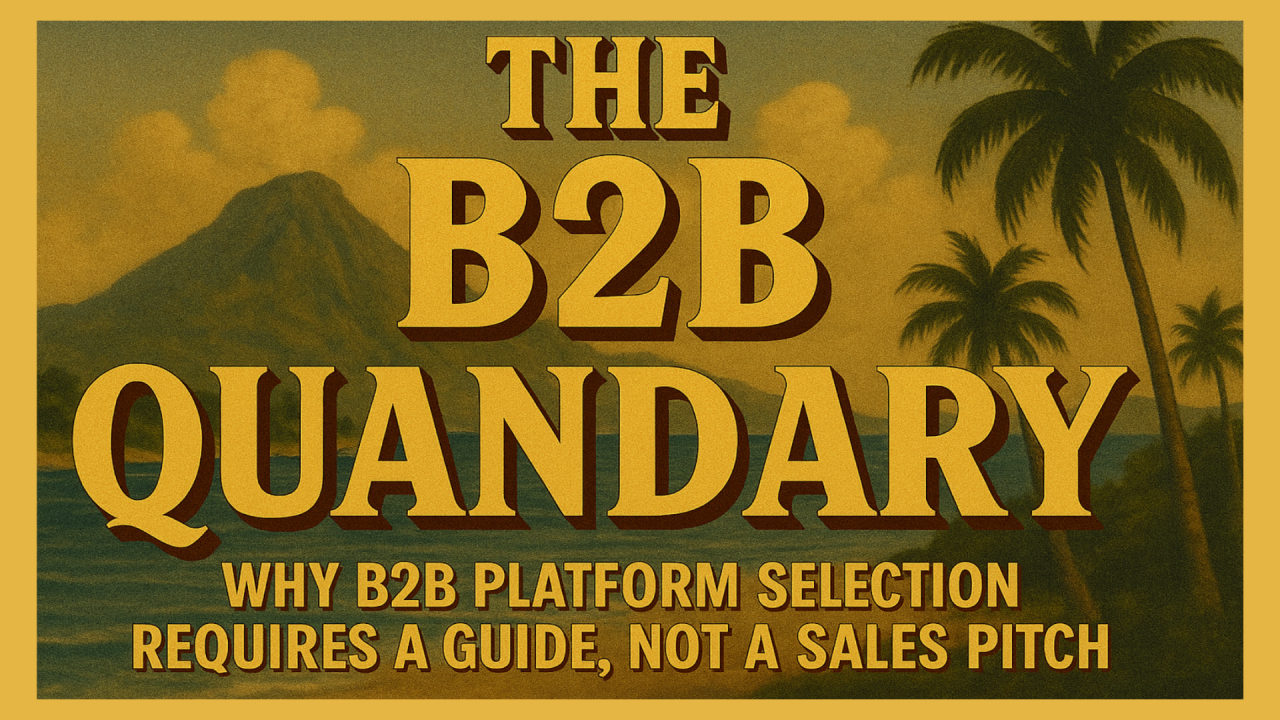

The performance of your content is a key indicator of how effective your data-driven strategy is. While content performance can be difficult to measure and evaluate, it’s important to identify the characteristics of your content that are sustainable over time as well as the areas in which you could do better. The performance of your data-driven content depends on many factors, including the type of data you use and how well it maps to specific keywords in your articles. The performance of your data-driven content can be challenging to analyze and evaluate — let alone improve. However, with a bit of research and practice, you’ll be able to accurately track, monitor, and improve the effectiveness of your data-driven content with ease.
Before you can gauge the effectiveness of your content, you need to know what’s happening inside your articles. Fortunately, the majority of analytics tools can help you track a variety of metrics for your data-driven content. Key metrics to track for your data-driven content include: – Engagement: How many clicks and visits do people have? – Time on page (or TOTP): How much time do readers spend on your pages? – Average scroll depth (DSD): What percentage of your articles are clicked or scrolled to the bottom? – Bounce rate: How many people leave your site without finishing the article? – Average scroll velocity (ASV): How quickly are your visitors moving through your content?
Many of the metrics you track will depend on the type of content you’re analyzing. You can analyze the time spent on your website, as well as the number of people who click links in your published articles. If you’re analyzing e-commerce content, you can track engagement metrics for your product pages, as well as the number of people who add items to their carts after visiting your site. Similarly, if you’re analyzing blog posts about events and activities, you can track the number of people who register for the events, click through to the relevant pages, and complete tasks like making a reservation or paying their bill.
Analytics tools only provide you with the metrics they’re configured to track. So you’ll want to make sure you’re getting the most out of your investment. Begin by scoping out your data before diving in. Make a note of which metrics you want to track, which types of content you want to track, and which pages you want to track. This will help you get the most out of your analytics tool while saving time and resources. Once you’ve identified your data, you’ll want to make sure it’s accurate. To do this, look through your data to see if there are any inaccuracies.
Once you’ve identified your data and scoped it out, you’re ready to start tracking. The most efficient way to track performance is with a tool like Google Analytics or Sumo. Tools like these also allow you to segment your audience to track the performance of different types of content. For example, if you’re writing about travel, you can track the performance of your destination guides and destination guides for nearby cities.
The more you know about your content, the more successful your data-driven strategy will be. This is why it’s important to reach for the stars with SEO strategies and techniques. These strategies and techniques can help you improve the SEO of your overall content and content type. First, you want to make sure your blog posts and e-commerce content are rich in keywords and optimized for the types of articles you’re writing. This will make it easier for your readers to find the articles and take action on them. Make sure you’re also incorporating a variety of different types of content. For example, you can incorporate guides, information sheets, and reviews for your content types.
The performance of your data-driven content is a crucial indicator of how effective your data-driven strategy is. It is important to identify the characteristics of your content that are sustainable over time. With the right tools and strategies, you can improve the performance of your data-driven content.
Read more about incorporating data into your content plan.

Following up on my earlier post about BigCommerce's rebrand announcement, I got my hands on theCleveland...

By Brent W Peterson AI vs Shopify: Is Platform Dominance Ending in 2025?

The B2B OG Reality Check In 1995, I built my first B2B website for my then computer assembly company. It...